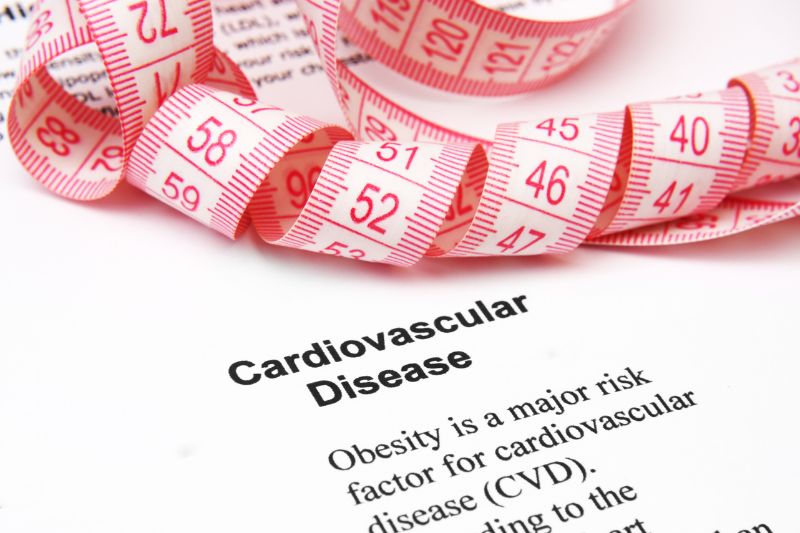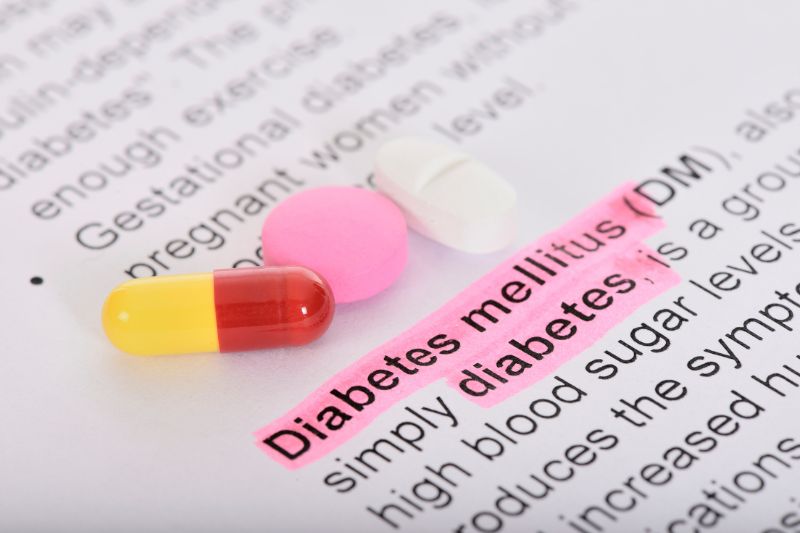Table of Contents
ToggleTLDR:
- Obesity: Leads to conditions increasing CVD risk.
- Diabetes Mellitus: Greatly raises the likelihood of heart disease and stroke.
- Hypertension: Causes severe heart and blood vessel damage.
- Sedentary Lifestyle: Doubles the risk of heart disease.
- Tobacco Use: Significantly increases the chance of developing CVD.
1. Obesity
Obesity is a major contributor to cardiovascular diseases. According to the World Health Organization (WHO):
- In 2016, more than 1.9 billion adults were overweight, with over 650 million classified as obese.
- Obesity can lead to conditions like high blood pressure (hypertension), diabetes, and abnormal cholesterol levels (dyslipidemia), all of which significantly raise the risk of CVDs.
- Obese individuals have a 32% higher risk of developing coronary artery disease compared to those with a healthy weight.
2. Diabetes Mellitus
Diabetes is closely linked to cardiovascular diseases. The American Heart Association states that adults with diabetes are two to four times more likely to have heart disease or a stroke than those without diabetes.
In 2019, the International Diabetes Federation reported that 463 million adults were living with diabetes, and this number is expected to rise to 700 million by 2045. High blood sugar levels damage blood vessels and nerves that control the heart, leading to increased CVD risk.
3. Hypertension (High Blood Pressure)
Hypertension, often called the silent killer, usually has no symptoms until significant damage has occurred. Important data:
- The Centers for Disease Control and Prevention (CDC) report that nearly half of U.S. adults (about 108 million) have hypertension or are on medication for it.
- Hypertension forces the heart to work harder, leading to thickening of the heart muscle and potentially causing heart failure, heart attacks, and strokes.
- Globally, hypertension is responsible for approximately 10 million deaths annually.
4. Sedentary Lifestyle
A sedentary lifestyle contributes significantly to cardiovascular diseases. The WHO estimates that around 1.4 billion adults are insufficiently active, which is a major risk factor for CVDs. Physical inactivity leads to weight gain, high blood pressure, and poor cholesterol levels, increasing the risk of heart disease.
Studies have shown that people who are inactive have a 50% higher risk of developing heart disease compared to those who engage in regular physical activity.
5. Tobacco Use
Tobacco use is the leading cause of cardiovascular diseases. Key facts:
- Smoking damages the lining of the arteries, causing atherosclerosis, where arteries become narrow and hardened.
- The WHO reports that tobacco use is responsible for about 17.9 million deaths per year, with nearly 6 million from direct tobacco use and around 890,000 from second-hand smoke exposure.
- Smokers are 2 to 4 times more likely to develop heart disease compared to non-smokers.
References
- World Health Organization (2016) ‘Obesity and overweight’. Available at: Link
- Centers for Disease Control and Prevention ‘Overweight & Obesity’. Available at: Link
- Harvard T.H. Chan School of Public Health ‘Obesity Prevention Source’. Available at: Link
- American Heart Association ‘Cardiovascular Disease and Diabetes’. Available at: Link
- Mayo Clinic ‘Diabetes and Heart Disease: What’s the connection?’. Available at: Link
- Centers for Disease Control and Prevention ‘Facts About Hypertension’. Available at: Link
- American Heart Association ‘High Blood Pressure and Your Health’. Available at: Link
- World Health Organization ‘Hypertension’. Available at: Link
- World Health Organization ‘Physical Activity’. Available at: Link
- Centers for Disease Control and Prevention ‘Physical Activity and Health’. Available at: Link
- National Institutes of Health ‘Physical Activity and Cardiovascular Health’. Available at: Link
- World Health Organization ‘Tobacco’. Available at: Link













